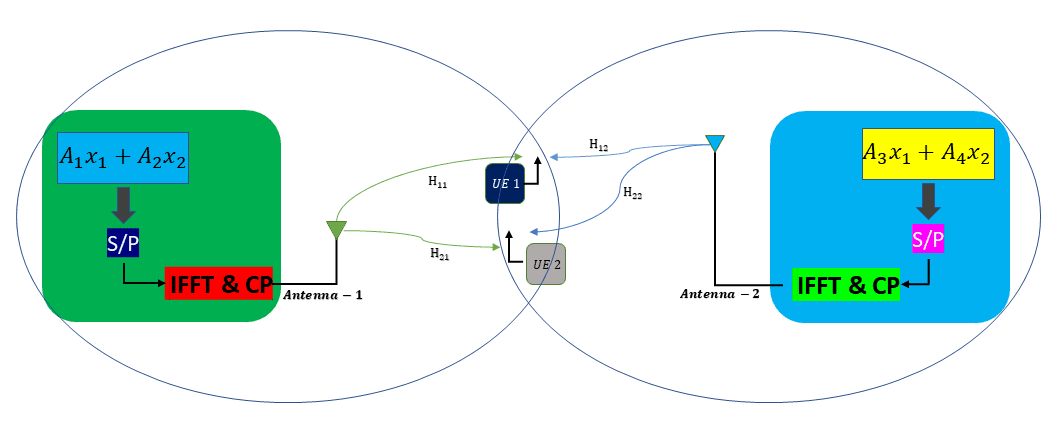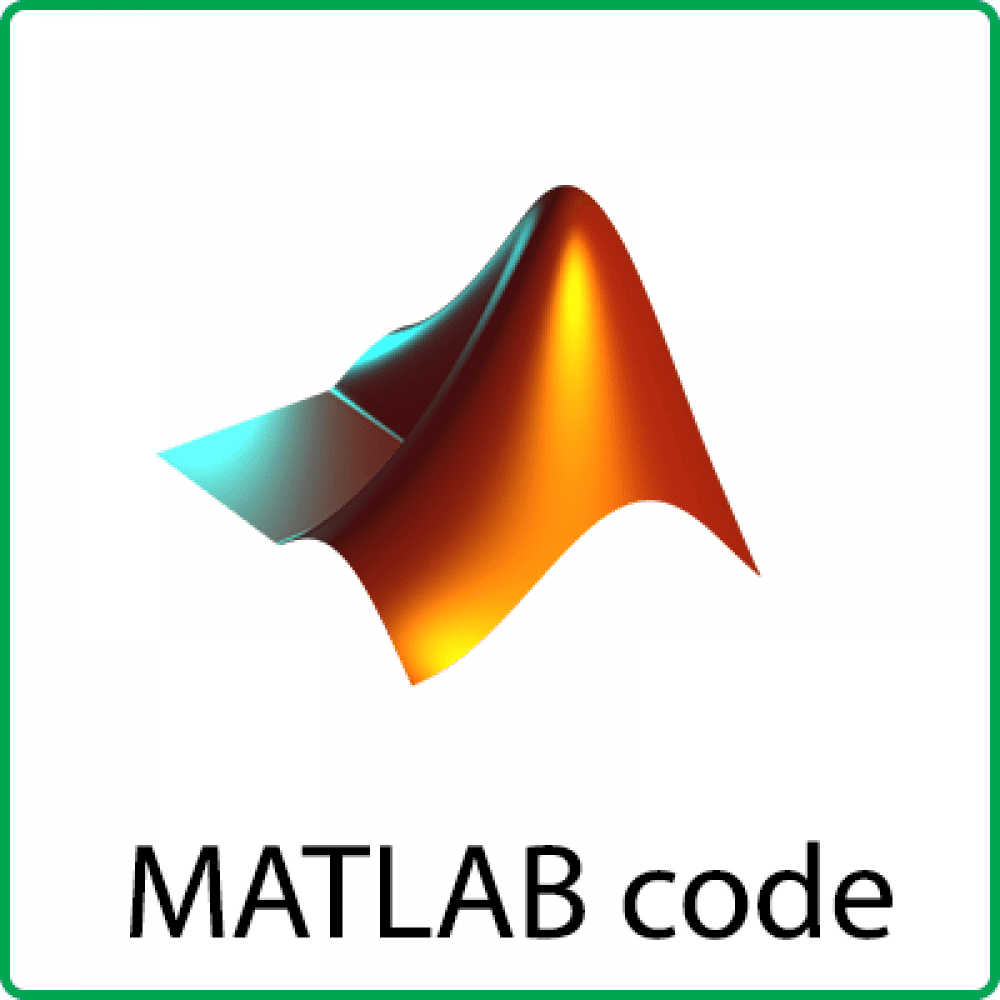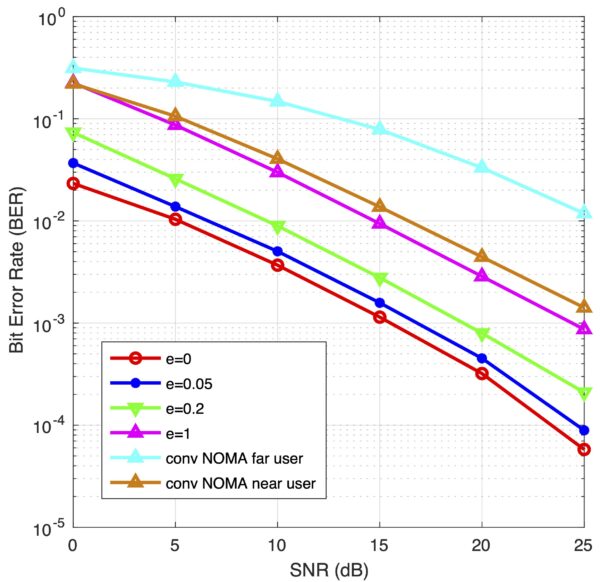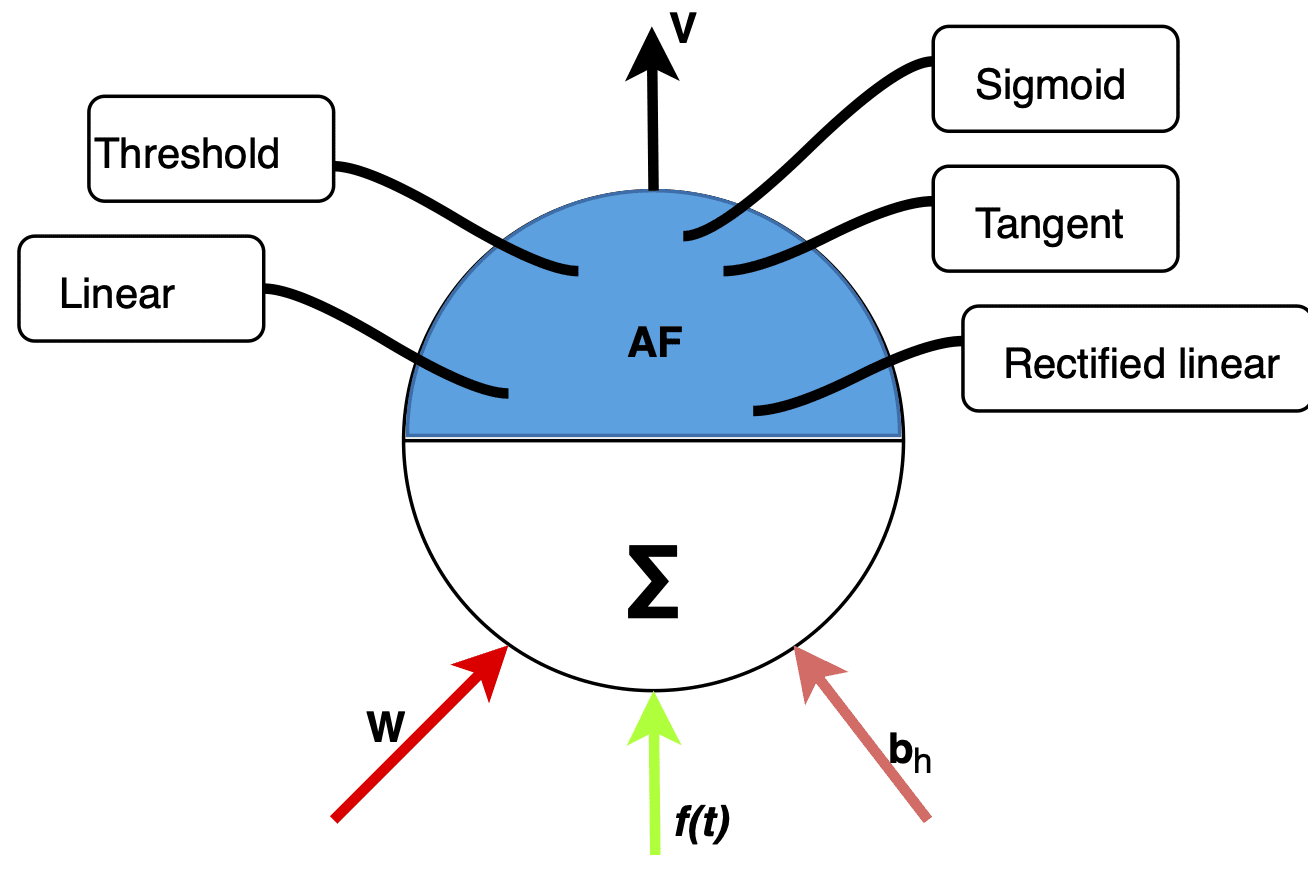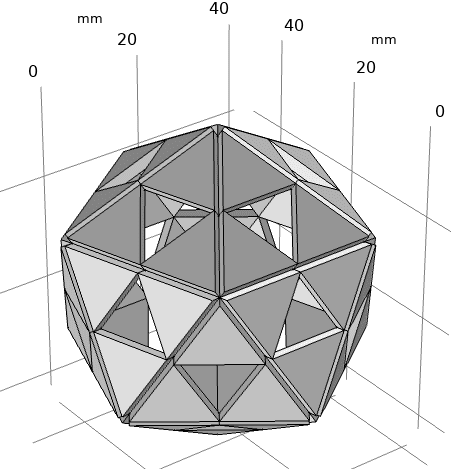Description
Simulation Codes of A New H-CoMP Design for Cell Edge Users in 6G and beyond.
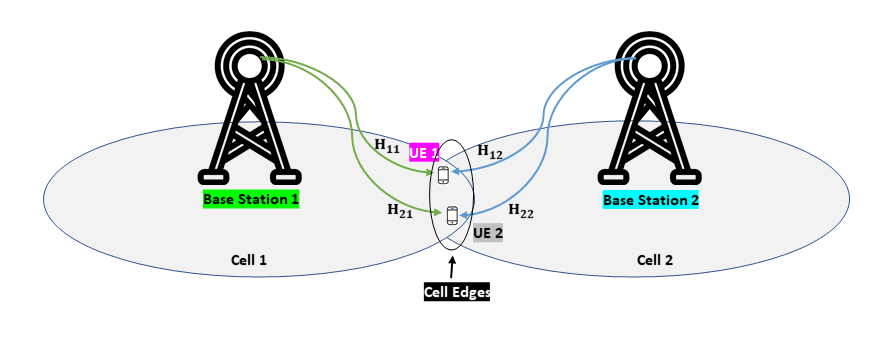
Hybrid CoMP transmission design
Summary: The rapid growth of mobile traffic is driving the development of cellular communication technologies to massively improve high-end communication experiences such as high throughput, high reliability, and universal access. To accomplish these demands in a cellular environment is a huge challenge and it is more critical at the cell edges infected with interference. Moreover, if the users have poor channel conditions, they experience even more severe degradation due to inter-cell interference that creates a bottleneck in wireless systems. Besides, neither time/frequency division multiplexing nor power control has achieved the full promise of spectral efficiency. Due to differences in transmission power and channel gain in heterogeneous networks, interference cancellation-based transmission techniques have great opportunities to increase throughput. Therefore, to meet the quality of service (QoS) requirements, user equipments (UEs) must be assigned a significant amount of power. To address these requirements and challenges, we propose a novel hybrid coordinated multi-point (H-CoMP) design for cell-edge users to combat inter-cell interference (ICI), inter-user interference (IUI), and improve spectral efficiency. Specifically, channel-based precoders are designed to deal with ICI, remove channel effects and provide reliable communication to cell-edge users. Mathematical models and simulations highlight the inventiveness and efficiency of the proposed H-CoMP paradigm. The acquired results show the performance of the proposed solution and the ability to reduce system complexity leading to enhanced overall system performance.
Contributions of the Proposed H-CoMP Scheme:
1) Efficient usage of the network’s resources for transmissions to all users at cell edges with improved throughput.
2) Specially designed precoder matrices (A1, A2, A3, and A4) transmission design for eliminating inter-cell interference at cell edges resulting in significantly reducing complexity at the receiver side.
3) Joint transmission is employed to achieve multiplexing gain and reliability at cell edges.
4) The channel matrices are diagonal making the inverse procedure quite simple. As a result, the precoder matrices can be designed using a simple mathematical process.
